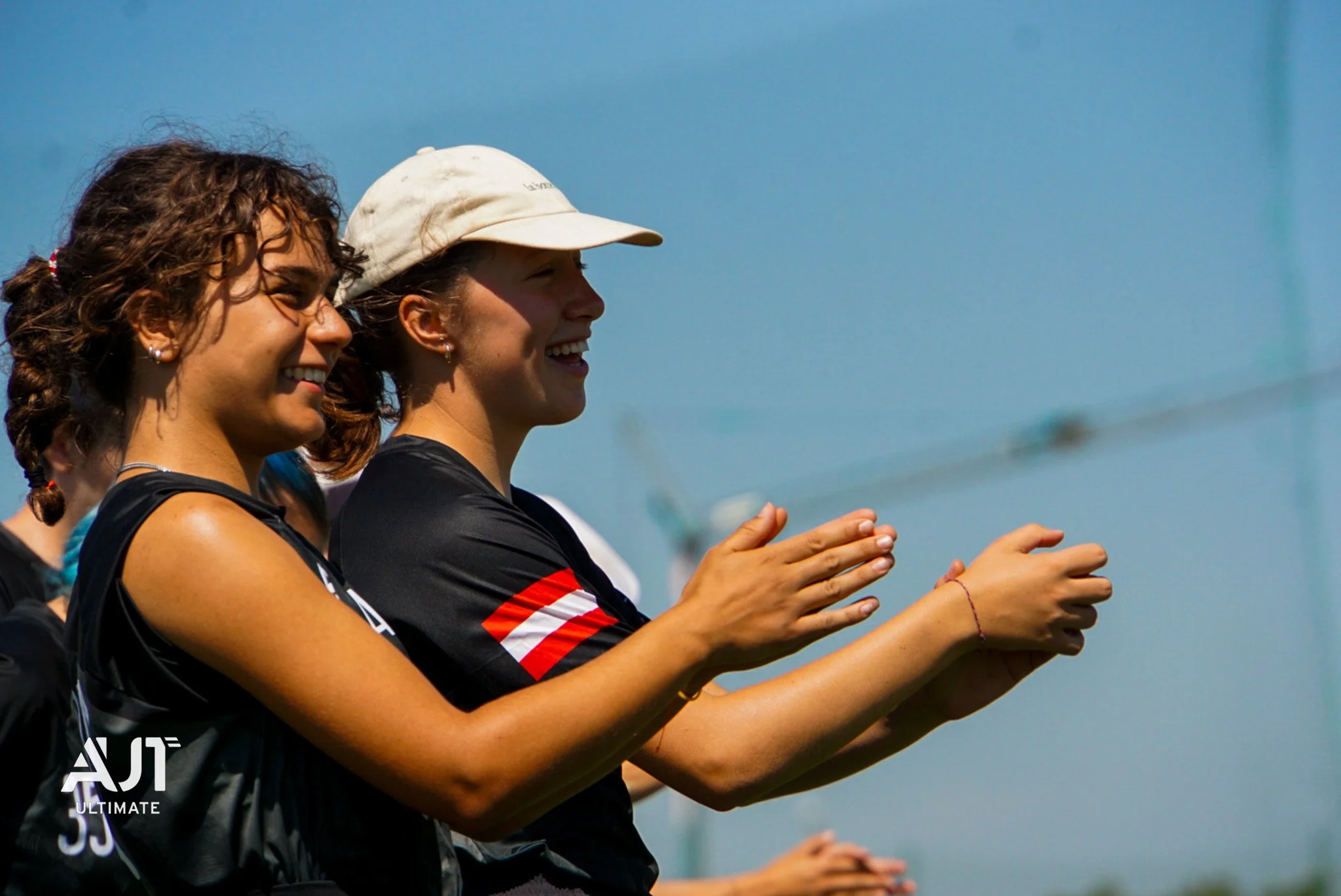NEWS-SPLITTER Q3 - #4 WADA - Updated List of Prohibited Substances and Methods
The World Anti-Doping Agency has published the updated List of Prohibited Substances and Methods
The World Anti-Doping Agency has published the updated List of Prohibited Substances and Methods, entering into force on 1 January 2026.
WADA and WFDF strongly encourage athletes, coaches, support staff, and all sport stakeholders to review the List and Summary of Major Modifications carefully to avoid any violations.
Major Modifications for 2026
As outlined in the 2026 Summary of Major Modifications and Explanatory Notes, the major modifications for 2026 include the following:
Further examples or clarifications have been added to the following substance classes to help athletes and their entourage better identify prohibited substances:
S1. Anabolic agents,
S2. Peptide hormones, growth factors, related substances, and mimetics,
S4. Hormone and metabolic modulators, and
S6. Stimulants.
The dosing intervals of salmeterol have been changed to avoid potential ergogenic effects, though the maximum daily delivered dose remains the same.
More details have been given about the prohibition of withdrawal of blood and blood components.
The non-diagnostic use of carbon monoxide (CO) has been added to the Prohibited Methods as a new section, M1.4. The use of carbon monoxide for diagnostic purposes, such as total hemoglobin mass measurements or the determination of pulmonary diffusion capacity, is not prohibited.
Cell components (e.g., nuclei and organelles such as mitochondria and ribosomes) have been added to the existing prohibition of using normal or genetically modified cells.
It has been clarified in the Glucocorticoids Washout Table that use of sustained-release formulations may result in detectable glucocorticoid levels past the washout period due to prolonged systemic absorption.
The List is released three months ahead of it taking effect so that athletes, their entourage, and other stakeholders can acquaint themselves with any modifications. Ultimately, athletes are responsible for prohibited substances found in their body and prohibited methods found to have been used. Members of an athlete’s entourage are also liable for Anti-Doping Rule Violations if determined to be complicit. Consequently, if there is any doubt as to the status of a substance or method, it is important that they contact their respective Anti-Doping Organizations (International Federation or National Anti-Doping Organization) for advice.
Therapeutic Use Exemption Program
It should be noted that athletes who have a legitimate medical reason for using a prohibited substance or method that is on the List can apply for a Therapeutic Use Exemption (TUE) to determine whether they meet the criteria outlined in the International Standard for Therapeutic Use Exemptions (ISTUE).
Deutsche Version:
Die Welt-Anti-Doping-Agentur hat die aktualisierte Liste der verbotenen Substanzen und Methoden veröffentlicht, die am 1. Januar 2026 in Kraft tritt.
Die WADA und die WFDF empfehlen Athlet*innen, Trainer*innen, Betreuer*innen und allen Akteur*innen im Sportbereich dringend, die Liste und die Zusammenfassung der wichtigsten Änderungen sorgfältig zu lesen, um Verstöße zu vermeiden.
Wichtige Änderungen für 2026
Wie in der Zusammenfassung der wichtigsten Änderungen und Erläuterungen für 2026 dargelegt, umfassen die wichtigsten Änderungen für 2026 Folgendes:
Den folgenden Substanzklassen wurden weitere Beispiele oder Erläuterungen hinzugefügt, um Athlet*innen und ihrem Umfeld zu helfen, verbotene Substanzen besser zu identifizieren:
S1. Anabole Mittel,
S2. Peptidhormone, Wachstumsfaktoren, verwandte Substanzen und Mimetika,
S4. Hormon- und Stoffwechselmodulatoren sowie
S6. Stimulanzien.
Die Dosierungsintervalle für Salmeterol wurden geändert, um mögliche ergogene Wirkungen zu vermeiden, wobei die maximale Tagesdosis unverändert bleibt.
Es wurden weitere Einzelheiten zum Verbot der Entnahme von Blut und Blutbestandteilen hinzugefügt.
Die nicht-diagnostische Verwendung von Kohlenmonoxid (CO) wurde als neuer Abschnitt M1.4 in die verbotenen Methoden aufgenommen. Die Verwendung von Kohlenmonoxid zu diagnostischen Zwecken, wie z. B. zur Messung der Gesamt-Hämoglobinmasse oder zur Bestimmung der pulmonalen Diffusionskapazität, ist nicht verboten.
Zellkomponenten (z. B. Zellkerne und Organellen wie Mitochondrien und Ribosomen) wurden zu dem bestehenden Verbot der Verwendung normaler oder genetisch veränderter Zellen hinzugefügt.
In der Glukokortikoid-Auswaschtabelle wurde klargestellt, dass die Verwendung von Formulierungen mit verzögerter Freisetzung aufgrund einer verlängerten systemischen Resorption zu nachweisbaren Glukokortikoidspiegeln über den Auswaschzeitraum hinaus führen kann.
Die Liste wird drei Monate vor ihrem Inkrafttreten veröffentlicht, damit sich Athlet*innen, ihr Umfeld und andere Interessengruppen mit etwaigen Änderungen vertraut machen können. Letztendlich sind die Athlet*innen für verbotene Substanzen in ihrem Körper und für die Verwendung verbotener Methoden verantwortlich. Auch Mitglieder des Umfelds eines*r Athlet*in können für Verstöße gegen Anti-Doping-Bestimmungen haftbar gemacht werden, wenn ihnen eine Mittäterschaft nachgewiesen wird. Bei Zweifeln hinsichtlich des Status einer Substanz oder Methode ist es daher wichtig, dass sie sich an ihre jeweilige Anti-Doping-Organisation (Internationaler Verband oder Nationale Anti-Doping-Organisation) wenden, um Rat einzuholen.
Programm für medizinische Ausnahmegenehmigungen
Es ist zu beachten, dass Athlet*innen, die einen legitimen medizinischen Grund für die Verwendung einer verbotenen Substanz oder Methode haben, die auf der Liste steht, eine medizinische Ausnahmegenehmigung (TUE) beantragen können, um festzustellen, ob sie die Kriterien der Internationalen Norm für medizinische Ausnahmegenehmigungen (ISTUE) erfüllen.

